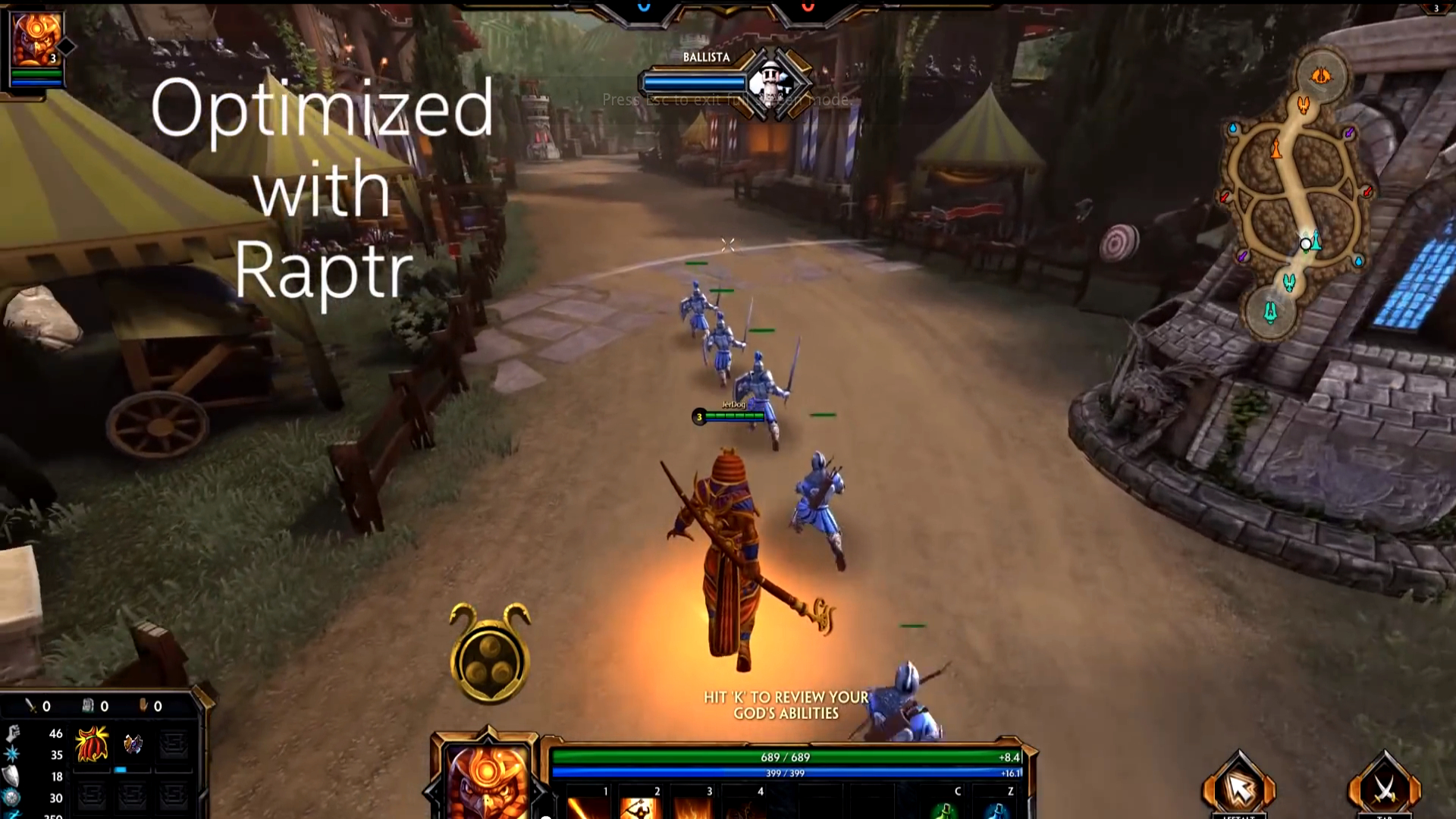From Iris Pro to Raptr: why integrated graphics are finally in the game
A fifth of Steam users are anything but discrete

Integrated graphics aren't going to pose a threat to high-end GPUs any time soon, but Intel has gone full throttle on improving its solutions in recent years — and the results are beginning to show.
The latest Steam Survey, which looks at which graphics cards gamers use, found that Intel's HD Graphics accounted for almost a fifth (19.71%) of what PC owners were using on Valve's gaming platform (versus Nvidia's 51.37% and AMD's 28.54%) in March.
Compared with just over 5% in November 2009, Intel's onboard graphics have gone from being the butt-end of gamers' jokes to within 10 percentage points of challenging AMD.
According to Intel Graphics and Marketing Manager John Webb, Intel's HD Graphics solutions are set for their biggest year yet. From Iris Pro heading to the desktop to Intel's partnership with game-tweaking software maker Raptr, Webb talks us through what's in store for Intel and integrated graphics in 2015.
Dino-soar
TechRadar Pro: Intel used GDC to announce a partnership with Raptr. How will its software assist gamers using integrated graphics?
John Webb: The Raptr partnership is something we're pretty excited about. If you look at the Steam survey that Valve uses to track what type of graphics cards are being used, almost a fifth of all users on Steam are using Intel graphics. We're seeing that people are valuing our graphics for that sort of entry-level gaming experience.
We're also seeing that the majority of people will take a title and never change the game settings, especially when you're talking about somebody who's just trying out the game. They might not know what anti-aliasing is or that they can change the resolution to improve performance.
Sign up to the TechRadar Pro newsletter to get all the top news, opinion, features and guidance your business needs to succeed!

With Raptr we will take the top games in the world, test them and provide the optimal settings for those games. Raptr will scan the computer, look for what games a user has and with a single touch the user can optimise their settings to get the best performance.
If somebody has bought a game they might have it on a high resolution, or with 16x MSA, and think that the game won't play, when it can. Another way to look at it is that somebody might buy a game to run on Iris Pro and not know that they can dial up the quality settings for a better experience.
Gaining muscle
TRP: Integrated graphics developed a pretty bad reputation for gaming a few years ago. What has intel done to turn that around?
JW: Four years ago we were in a world where integrated graphics were just good enough. Around five years ago we made a conscious strategy choice to invest in and dedicate more die area in our processors to graphics.

As we've watched the industry evolve — whether it's visual aspects like Retina displays, gaming, 3D and Go-Pro cameras, or people taking thousands of pictures on their phones — we realised we had to change our die strategy.
Intel graphics gives you a good visual experience, but also that balance of good power and the ability to fit into a thin power-constrained design, which is an area that our graphics really shines.
Power play
TRP: How is Intel improving power efficiency in its integrated graphics solutions?
JW: When we develop our chips we look for a combination of architectural improvements, which includes ways to save power. An example of this can be found in the Turbo Boost function where you can reduce the power of the graphics or CPU subsystem when they're not being used, and turn them up when you need them.
There's also things like Display Refresh Rate Switching, which is where you can hold the image on the display without having to refresh it to save power. Apple and other companies can also improve power efficiency through programming and the OS. It's a combination of those things and the fact that Intel has been architecting its chips for lower power over time.

TRP: What are the highest resolutions that Intel's integrated graphics can handle today?
JW: The display subsystem in our products today can handle 4K. We've already demoed three simultaneous 4K displays off a Gigabyte BRIX NUC. People will need a discrete graphics card and Core-i7 CPU for 4K gaming, but for general 4K playback and video, Intel graphics can do that today.
TRP: What will DirectX 12 mean for integrated graphics?
JD: DirectX 12 is going to be great for the industry overall. Intel has worked with Microsoft very closely to make sure that they have the drivers, and that we understand how DX12 will allow us to optimise graphics.
The benefit, which Microsoft has talked about, is that DX12 provides power and performance improvements in the API. It's going to be great for people who are looking for mobility, as well as an overall better gaming experience on our products.
- 1
- 2
Current page: Raptr, investment and power efficiency
Next Page Iris Pro on desktops, new NUCs and beyond